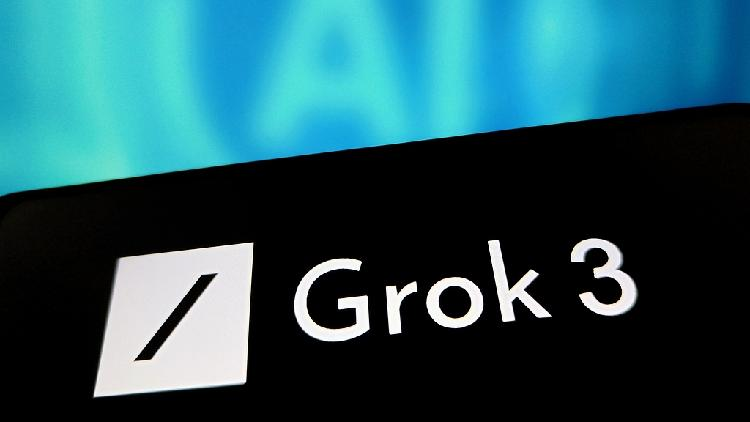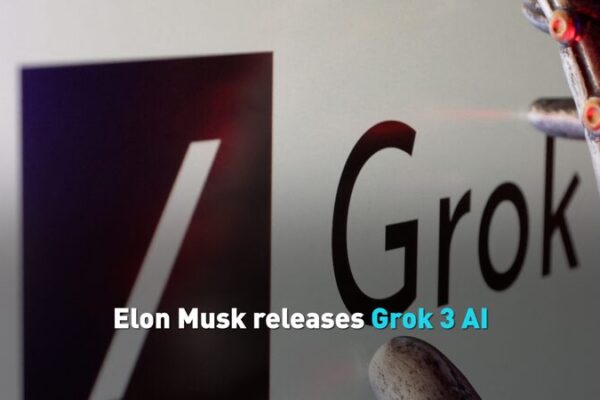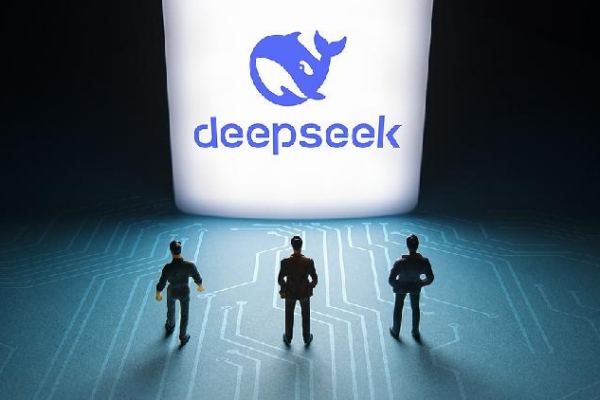The release of Elon Musk’s Grok 3 AI chatbot has reignited discussions about the global AI race. According to Tian Feng, former dean of Chinese AI software giant SenseTime’s Intelligence Industry Research Institute, the significance of Grok 3 lies not in its technical breakthroughs but in showcasing the contrasting development strategies of the United States and China.
Different Paths to AI Advancement
Tian Feng highlights that while U.S. companies rely on massive funding and cutting-edge computing power to push AI progress, China is taking a more cost-effective and efficiency-driven route. He pointed to DeepSeek, a Chinese AI model, as an example of maximizing performance with existing resources.
“U.S. companies, backed by extensive capital and advanced chips, continue to drive AI progress through sheer computational power,” Tian said. “Their approach prioritizes innovation at any cost, focusing on maintaining a technological lead over others.”
In contrast, Tian explained that China’s strategy involves optimizing efficiency to make AI more accessible. DeepSeek V3’s training cost is about one-tenth of OpenAI’s GPT-4, and Tian predicts that AI computing costs will drop by another order of magnitude within a year. “This efficiency-first approach accelerates AI adoption across industries,” he added.
The Role of Open-Source in AI’s Future
Tian believes that open-source development is crucial for the evolution of AI. Unlike Grok 3, which is not open-source, DeepSeek freely shares its research and allows commercial use without licensing fees. This openness attracts global developers, creating a “flywheel effect” where broader participation leads to faster iterations and scientific breakthroughs.
“China must build a robust AI community through open collaboration to establish a strong AI ecosystem,” Tian said. “Open-source initiatives allow researchers and developers to work together, fostering innovation on a larger scale.”
AI and Manufacturing: China’s Unique Advantage
Beyond AI models, Tian sees China’s manufacturing sector as a major opportunity for AI integration. He points out that Tesla’s gigafactories provide Elon Musk with rich real-world data, giving him an edge in AI development. However, Tian believes China’s industrial diversity is potentially much greater and operates on a larger scale.
“Integrating AI into manufacturing will be a game-changer for China,” Tian stated. “AI’s evolution depends on large-scale data and adoption. With its massive industrial base, China is well-positioned to lead AI-driven manufacturing advancements.”
Two Diverging Paths for AI’s Future
Looking ahead, Tian envisions AI development following two primary paths:
- High-cost, high-performance models: The U.S. will continue investing heavily in top-tier AI models for cutting-edge applications, leveraging its financial strength.
- Affordable, mass-scale AI: China will focus on making AI more accessible and efficient, optimizing costs to maximize performance with existing hardware.
As the global AI race intensifies, DeepSeek has become a benchmark, with major U.S. and Chinese models now measured against it. Tian believes DeepSeek’s efficiency and cost advantages position it to remain highly competitive in the evolving AI landscape.
“The future of AI will be shaped by these diverging strategies,” Tian concluded. “One driven by unlimited resources, the other by maximizing efficiency. The question is, which approach will prove more sustainable in the long run?”
Reference(s):
cgtn.com








